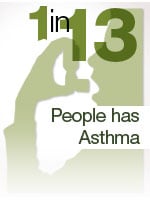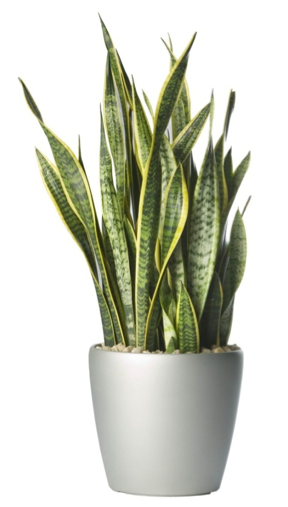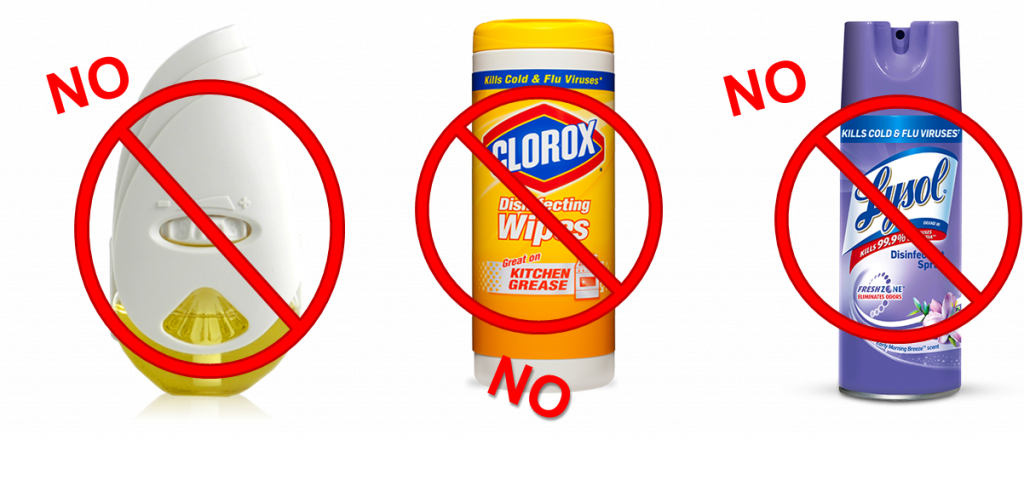Tips/Articles,
Is Your School Air Aware? An Indoor Air Quality Primer
Apr 01 2019

May 7th is World Asthma Day, part of Air Quality Awareness Week April 29th-May 3rd.
Asthma is an epidemic among children. It affects about 1 in every 10 children and the numbers are increasing every year. It is the most prevalent chronic disease among kids and the leading cause of missed  school days. Poor indoor air quality can make it difficult for these kids to succeed at school.
school days. Poor indoor air quality can make it difficult for these kids to succeed at school.
In preparation for May’s focus on asthma and air quality, make sure your school is air aware. All students, teachers, and staff deserve to learn and work in a safe and healthy environment.
Green Cleaning
 Many traditional cleaning supplies contain chemicals or scents that contribute to poor indoor air quality and can be triggers for those with allergies or asthma. In 2007 Illinois passed the Green Cleaning Schools Act in an effort to reduce those triggers and protect the environment and human health in our schools. The law requires schools to develop a green cleaning policy and requires the use of certified green cleaning products.
Many traditional cleaning supplies contain chemicals or scents that contribute to poor indoor air quality and can be triggers for those with allergies or asthma. In 2007 Illinois passed the Green Cleaning Schools Act in an effort to reduce those triggers and protect the environment and human health in our schools. The law requires schools to develop a green cleaning policy and requires the use of certified green cleaning products.
Has your school taken steps to green their cleaning routine? SCARCE teaches about green cleaning as part of our Earth Flag certification program for schools. Check out GreenCleanSchools.org for tons of info on school green cleaning programs including guides on how to get started. They even offer an annual Green Cleaning Award.
Be Air Aware: Avoid Unhealthy Products

Snake plants are great “air fresheners” and low-maintenance.
Two big mistakes that SCARCE discusses in our green cleaning education programs are the use of air fresheners and Clorox wipes. Both are big “no’s” for a green clean school.

These are not healthy options.
Most air fresheners use formaldehyde, a known human carcinogen, to preserve the artificial scent. They can be replaced with natural alternatives such as gonzo rocks or a product such as Fresh Wave, which is certified by EPA’s Safer Choice program. Or go one step further and add some plants to clean the air in your classroom. How to Grow Fresh Air is a book based on NASA research into using plants to clean air on shuttles in space (where “airing out” is not an option). Besides the benefit of cleaner air, plants will make your room more inviting, too.
Many children are asked to bring in a container of Clorox wipes at the start of the school year but we aren’t reading the fine print! They state to keep out of reach of children and wash your hands after use, among other hazards. Often the simple option is the right one. A mix of water and vinegar in a spray bottle will do the same work without the harsh chemicals.
Go Idle-Free at School
Car fumes are not healthy for anyone to breath. A line of buses and cars outside school in the morning and again in the afternoon can spew a lot of exhaust into the air and, ultimately, into the school. Check out our recent blog post on going idle-free at school. It can be turned into a fun classroom or club project for the year. Green Clean Schools took one of our success stories and turned it into a 7 step guide for going idle-free. SCARCE can provide free parking lot signs for DuPage County schools and organizations.
Consider Fragrance-Reduction or Fragrance-Free
Often strong smells (natural or not) can cause problems for sensitive lungs. Schools and workspaces are increasingly considering fragrance-free policies to protect everyone’s health. Check out this sample school fragrance-free policy from the American Lung Association
Resources: